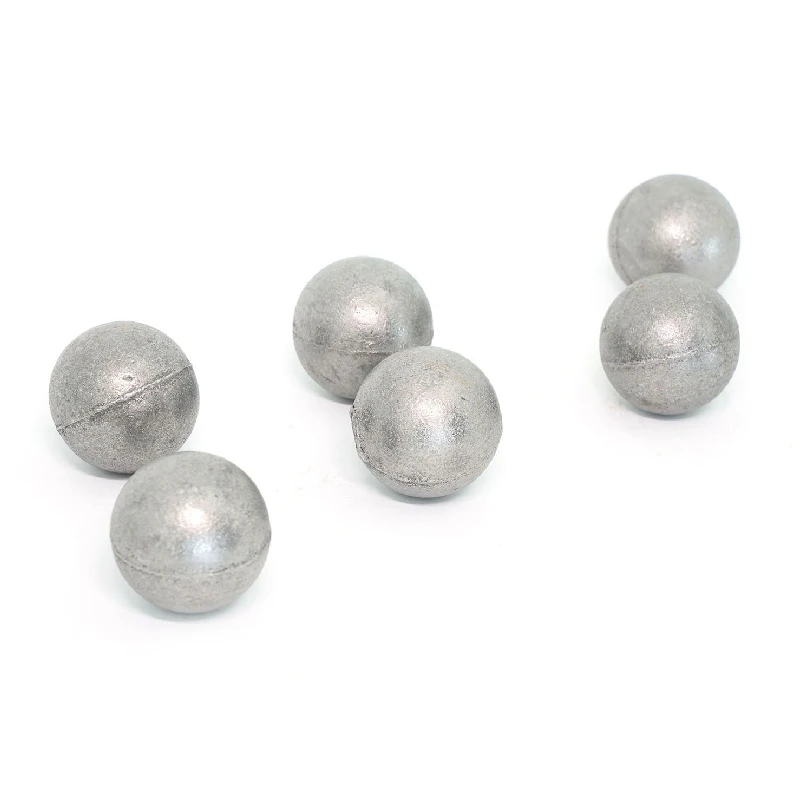Oct . 16, 2025 09:20 Back to list
Grinding Balls Manufacturers: ISO-Cert, Wear-Resistant OEM
What Buyers Are Really Asking About Low Chromium Grinding Balls
If you spend any time in cement plants or iron ore concentrators, you quickly learn the difference between a sales brochure and what works on a mill floor. Among the grinding balls manufacturers I’ve visited, a few are genuinely iterating on metallurgy and process control rather than just price. This piece pulls together what engineers keep emailing me about: performance, test data, sourcing trade-offs, and where low chromium media actually makes economic sense.

Quick context: market trends
Two things are happening. First, mills are pushing throughput with coarser feeds, so impact toughness matters as much as abrasion resistance. Second, the procurement teams are nudging toward low-Cr cast balls (≈1–3% Cr) in certain circuits because of friendlier pricing and decent durability after quench-and-temper. Honestly, it’s not glamorous, but it’s saving some plants 6–12% on media cost per ton milled.
Product snapshot: Low Chromium Grinding Balls
- Material: cast steel with 1–3% Cr, controlled C and Mn, trace Mo (optional)
- Sizes: 10–140 mm; color: black (as-cast/tempered finish)
- Applications: construction materials, cement, mining, chemical and petroleum processes, refractory grinding
- Origin: KIZUN Industry Zone, Luquan, Sihijiazhuang city, Hebei, China
| Parameter | Typical Value | Notes |
|---|---|---|
| Chrome content | 1–3% Cr | Low chromium cast media |
| Hardness (surface) | ≈ 54–58 HRC | ASTM E18 / E10 verified |
| Core hardness | ≈ 48–52 HRC | For impact absorption |
| Microstructure | Tempered martensite + carbides | Metallography per ASTM E407 |
| Breakage rate | ≤ 0.5% (drop test) | ISO 148-1 impact guidance |
| Wear rate | ≈ 80–150 g/t | Depends on ore, mill speed, pH |
Process flow (why it matters)
Raw stock is charge-calculated scrap + ferrochrome, melted in an induction furnace, then inoculated and poured via automatic lines. Heat treatment is the real lever: oil/water quench, followed by tempering to stabilize carbides and reduce brittleness. Quality teams typically run Brinell/Rockwell checks (ASTM E10/E18), Charpy impact sampling (ISO 148-1), and ultrasonic crack screening. Service life? In closed-circuit cement mills, we see 10–20% longer intervals between top-ups compared with older, untempered low-Cr lots—yes, a modest but meaningful gain.
Where low-Cr shines
- Cement finish mills and coal grinding where impact is moderate
- Iron ore ball mills with controlled pH (corrosion kept in check)
- Plants prioritizing cost-per-ton over absolute media life
For highly acidic pulps or brutal SAG circuits, step up to higher Cr or forged steel. Many customers say the simplest win is matching ball chemistry to mill conditions—obvious, but often overlooked.
Vendor comparison (condensed)
| Vendor | Origin | Certifications | Cr range | Hardness | Lead time | Notes |
|---|---|---|---|---|---|---|
| Supplier A (Hebei) | China | ISO 9001 | 1–3% | 54–58 HRC | 2–4 weeks | Good heat-treatment control |
| Supplier B (India) | India | ISO 9001, third-party lab | 1–2.5% | 52–56 HRC | 3–6 weeks | Competitive pricing |
| Supplier C (EU) | EU | ISO 9001, ISO 14001 | 2–3% | 55–60 HRC | 4–8 weeks | Premium, consistent lots |
I guess it comes down to QC transparency. Ask any grinding balls manufacturers for furnace logs, HT curves, and sample hardness maps across ball radii. The good ones share without fuss.
Customization
- Size mix optimization: 20/30/40 mm blends for cement finish mills
- Heat-treatment tweaks: slightly higher temper for impact-heavy circuits
- Alloy micro-additions: trace Mo or Ni for stability in hot climates
Case notes from the field
Cement plant (SE Asia): Switched to 1–3% Cr 30–50 mm balls; wear rate dropped from ≈160 g/t to ≈120 g/t and breakage under 0.3% over 90 days. Iron ore mill (LatAm): with better water chemistry control, corrosion pitting nearly disappeared; media consumption fell ≈9%. Not a miracle—just disciplined spec adherence from the chosen grinding balls manufacturers.
What to request in your RFQ
- Full chemical certs (heat-by-heat), hardness profile (surface to core)
- Charpy impact data at ambient and elevated temps
- Dimensional tolerance and out-of-roundness report
- Reference to applicable standards and ISO 9001 certificate
Standards and references:
- ASTM E10 – Brinell Hardness of Metallic Materials.
- ASTM E18 – Rockwell Hardness of Metallic Materials.
- ISO 148-1 – Metallic materials—Charpy pendulum impact test.
- ASTM A532/A532M – Abrasion-Resistant Cast Irons.
- GB/T 17445-2009 – Cast grinding balls (China National Standard).
- ISO 9001:2015 – Quality management systems—Requirements.
-
Expert Insights on Fabrica de Molinos de Bolas: Industry Trends & Global Applications
NewsNov.24,2025
-
Expert Insights on Fabricantes de Bolas de Molienda de Acero: Global Applications & Trends
NewsNov.23,2025
-
Leading Fabricantes de Bolas de Molienda: Your Ultimate Guide to Grinding Balls
NewsNov.23,2025
-
Fabricante de Bolas de Molienda – Quality Grinding Balls for Efficient Industry
NewsNov.23,2025
-
Trusted Proveedores de Medios de Molienda for Efficient Industrial Grinding
NewsNov.22,2025
-
Proveedores de Bolas de Molienda: Your Guide to Top Grinding Ball Suppliers & Industry Insights
NewsNov.22,2025
Realted Products
















